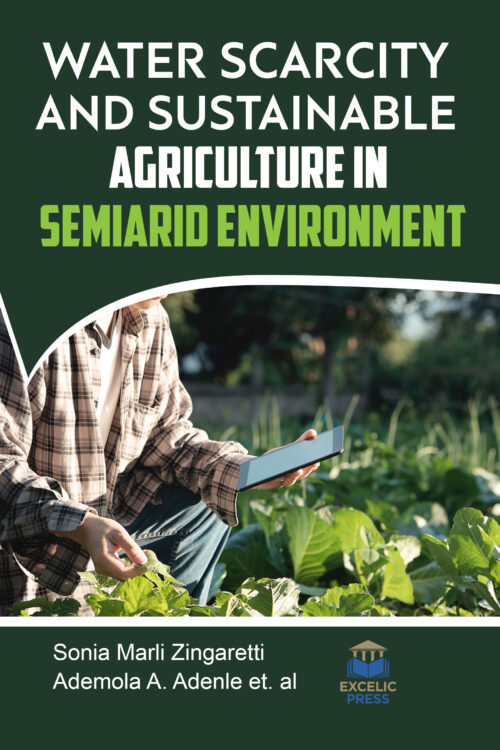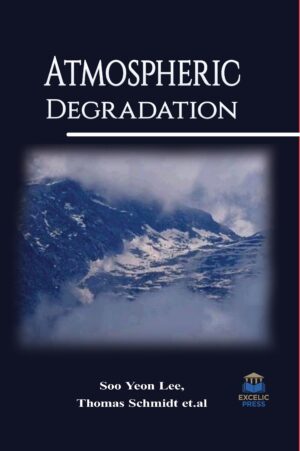Description
The availability of adequate freshwater has become a limiting factor of the quality of life, worldwide. More than availability, the problem is often the rational use of water than ensure its continuality. In the semi-arid and arid regions water scarcity was always a dominant problem moreover, the interference with the natural hydrologic cycle as a result of overexploitation of both surface and ground waters and of changes in land usage resulted not only in the reduction of the available water amounts but also in the deterioration of the water quality due to pollution from urban, industrial and agricultural practices and salinity build-up in soil and water. Such a situation is in all cases a pretext for discord and assignment of blame on those supposedly responsible for the deterioration of the water accessibility , especially in view of the possible high cost and technical complexity of the measures that need to be taken for remedying and alleviating the situation.
Water Scarcity and Sustainable Agriculture in Semiarid Environment presents insight into the multifaceted relationship between water scarcity and climate change, agricultural water-use effectiveness, and crop-water stress management as for sustainable crop production these cause- and effect relationships and classifying the most apposite responses are vital.
Ample evidence exists that improved on-farm water management can close water-related yield gaps to a considerable degree, but its global significance remains unclear. In this book, we investigate systematically to what extent integrated crop water management might contribute to closing the global food gap, constrained by the assumption that pressure on water resources and land does not increase.
This book serves as a helpful guide to students, practitioners, researchers, policy makers, and research institutions in agricultural water management, irrigation and drainage, crop physiology, and sustainable agriculture.





